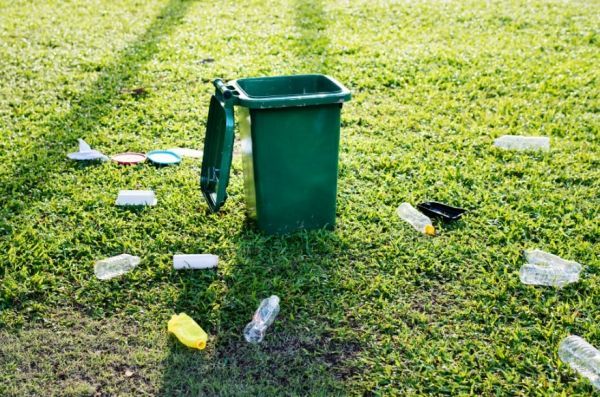If we are ever to reduce the quantity of plastics being dumped into the environment, efficient recycling is essential. Currently, many plastics cannot be economically sorted to enable their recycling. For example, many plastics contain flame retardants to increase their resistance to ignition, reduce flames spreading, minimise smoke formation and to prevent the plastic from dripping. The amount of flame retardant added to plastics and the type used can vary considerably, due to the need to tailor the plastic to its particular application and to meet safety standards. However, only plastics of the same type and with similar flame retardants can be recycled together. Therefore, before recycling can occur, plastics need to be sorted, not only by the type of plastic (acrylonitrile butadiene styrene and polystyrene in this study) but also by any flame retardant added. Without sorting, recycling cannot take place.
In a paper published in JSI—Journal of Spectral Imaging, an Open Access, peer-review journal published by IM Publications Open, José Amigo and co-authors detail a method using near infrared hyperspectral imaging and chemometrics that can sort between different types of plastic and between different additions of flame retardant.
Read more at IM Publications Open
Image via Pexels


